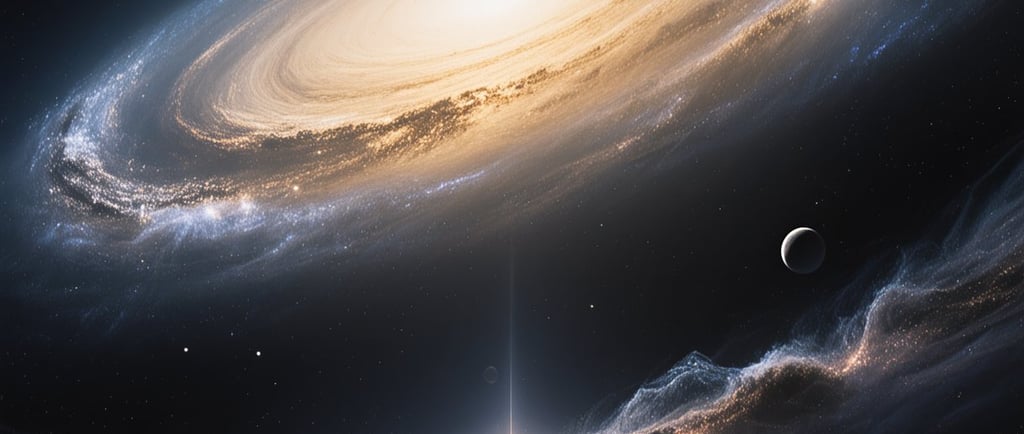The IC 1101: The Giants of the Galaxies


Introduction to IC 1101
IC 1101 stands as a testament to the enormity of the universe, heralded as the largest known galaxy. Residing within the depths of the Abell 2029 galaxy cluster, IC 1101 presents a fascinating subject for astronomers and enthusiasts alike. At an astonishing width of approximately 5.5 million light years, it dwarfs our own Milky Way galaxy, which is merely a fraction of its size.
The Characteristics of IC 1101
What sets IC 1101 apart is not just its size but also its staggering composition. Housing over 100 trillion stars, it boasts a mass nearly equivalent to a quadrillion suns. This immense mass and star count place IC 1101 in a league of its own, raising several questions about the formation and evolution of galaxies in the cosmos. Its core is engulfed by a giant galaxy cluster, which enhances its gravitational pull, allowing it to collect and retain a vast number of celestial bodies.
The Significance of Giant Galaxy Clusters
IC 1101 does not exist in isolation; it is supported by the Abell 2029 galaxy cluster that serves as its home. Giant galaxy clusters are of immense significance in the study of astrophysics and cosmology. They offer insights into the large-scale structure of the universe and the interactions between galaxies. As the largest galaxy in this cluster, IC 1101 plays a crucial role in understanding how galaxies form and evolve in the presence of massive gravitational forces. The dynamics of such gigantic structures challenge our traditional ideas and highlight the complexity of cosmic phenomena.
In conclusion, IC 1101 exemplifies the grandeur of our universe. Its gigantic scale, impressive star count, and critical position in the Abell 2029 cluster exemplify the wonders of astronomical research. Understanding IC 1101 not only captivates our imagination but also propels scientific inquiry into the realm of galaxy formation and the nature of dark matter and energy, pushing us closer to unraveling the mysteries of the cosmos.
